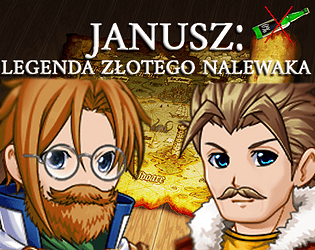Monster Hunter is celebrated for its diverse array of weapon types and engaging gameplay, but did you know that there are even more weapons from the franchise's history that haven't made it into newer games? Dive into the rich history of Monster Hunter weapons and discover more about this iconic series.
← Return to Monster Hunter Wilds' main article
History of Weapon Types in Monster Hunter
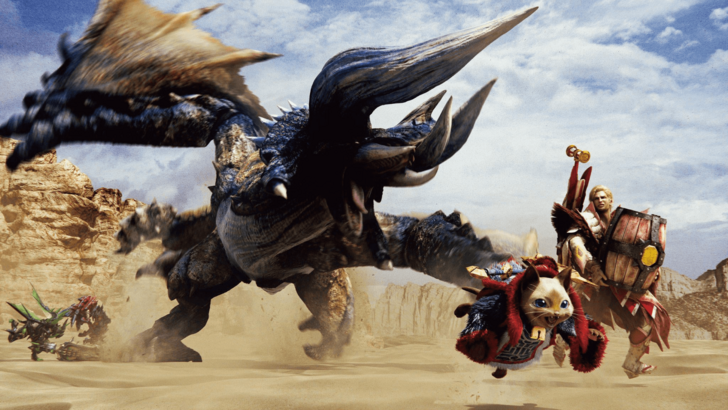
Monster Hunter has been a beloved franchise for over two decades, starting with its first game in 2004. One of its hallmarks is the variety of weapon types players can choose from. Monster Hunter Wilds will feature fourteen different weapon types, each with unique strengths, weaknesses, movesets, and mechanics that players must master. The evolution of these weapons, from their initial designs to the latest iterations, showcases the game's growth and innovation. Let's explore the history of Monster Hunter, focusing on the evolution of its weaponry.
First Generation
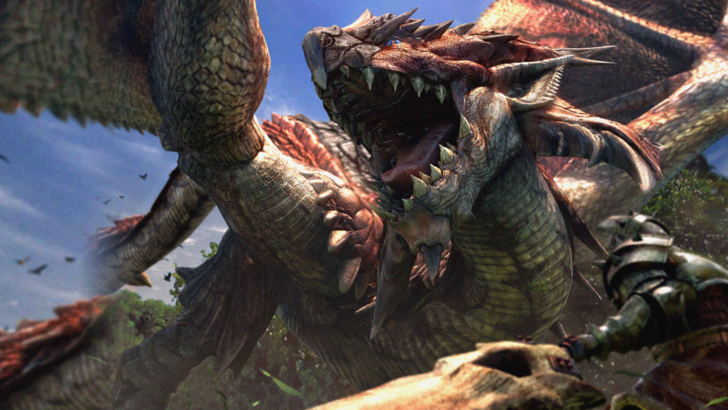
The first generation of Monster Hunter introduced foundational weapon types that have evolved over time. These original weapons have been refined and expanded upon, offering different movesets and mechanics with each new release.
Great Sword
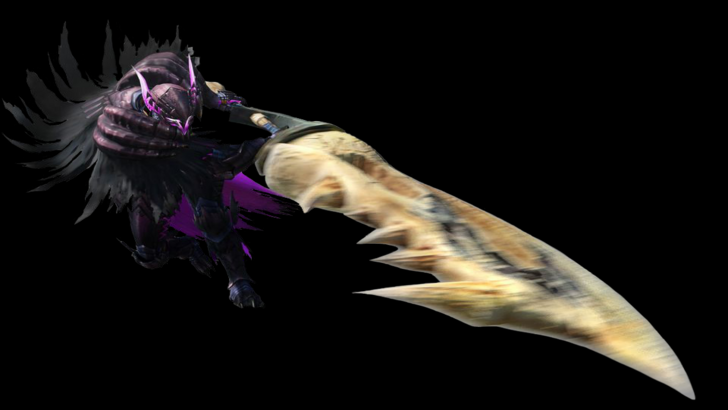
The Great Sword is perhaps the most iconic weapon in the Monster Hunter series, introduced in the first game. Known for its high damage output, the Great Sword requires players to master timing and positioning due to its slow attack and movement speed. Initially designed for hit-and-run tactics, the weapon gained its signature Charged Slash in Monster Hunter 2, allowing players to charge up to three levels for devastating swings. Subsequent games built upon this mechanic, introducing new finishers and more fluid combos, like the shoulder tackle in Monster Hunter World. The Great Sword remains a weapon with a low skill floor but a high skill ceiling, rewarding players who can maximize their damage in tight windows.
Sword and Shield
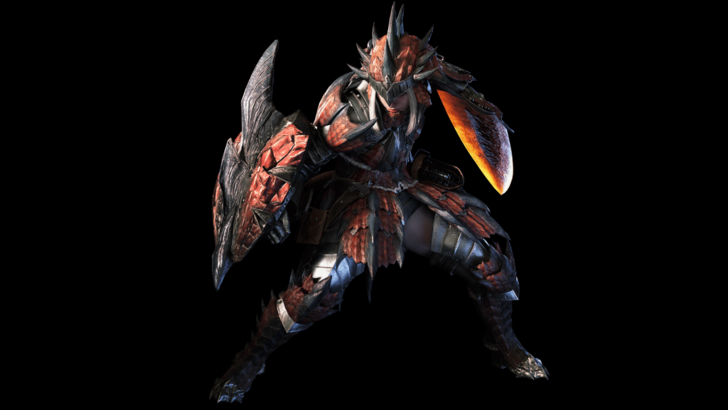
The Sword and Shield is a versatile weapon that balances offense and defense. Initially seen as a beginner's weapon due to its straightforward mechanics, it has grown more complex with each game. Starting with quick slashes and great mobility, the Sword and Shield gained the ability to use items without sheathing in Monster Hunter 2. Over time, it received new moves like the shield bash combo, backstep, jumping attacks, and the Perfect Rush combo in Monster Hunter World and Rise. Despite its short range and lower damage, the Sword and Shield offers an infinite combo, quick attacks, and the ability to block, making it a jack-of-all-trades weapon often underestimated for its depth.
Hammer
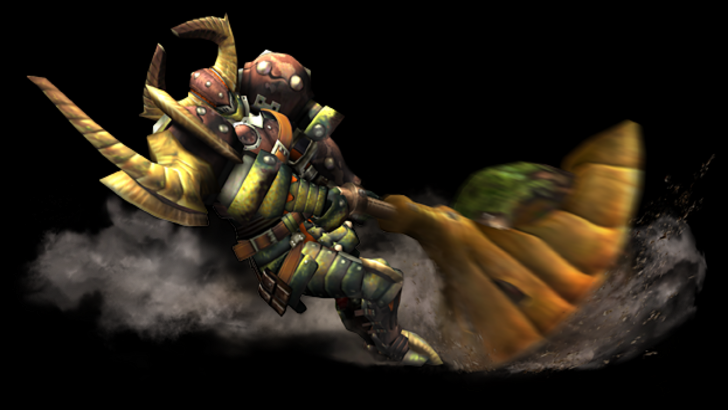
The Hammer, focusing on blunt damage, is known for breaking monster parts and knocking them out. Introduced in the first game, the Hammer's playstyle resembles the Great Sword's hit-and-run tactics but offers more mobility and a unique charge mechanic that allows movement while charging. The weapon's moveset remained mostly unchanged until Monster Hunter World and Rise, which introduced new attacks like Big Bang and Spinning Bludgeon, along with Strength and Courage modes that alter charge attacks. The Hammer's simplicity belies its effectiveness in aiming for the head to stun monsters and set up powerful charged attacks.
Lance
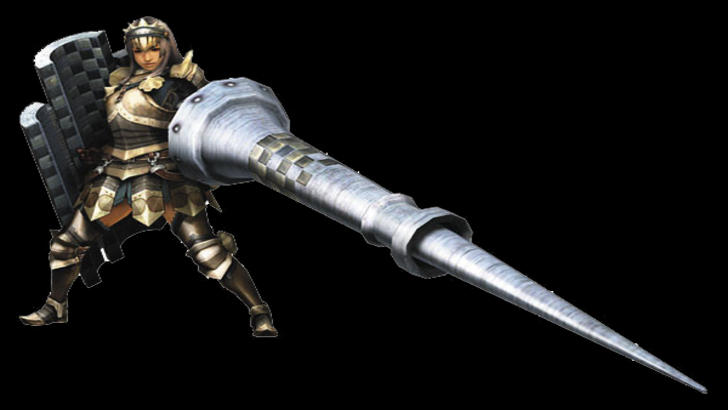
The Lance embodies the saying "a good offense is a great defense." With its long reach and large shield, the Lance excels at blocking attacks while maintaining a steady offensive. Its playstyle, akin to an outboxer, involves poking at range and using counter mechanics introduced in later games. The Lance's design encourages players to stand their ground, rewarding them for maintaining a defensive stance and using running charge and shield bash attacks to close gaps with monsters.
Light Bowgun
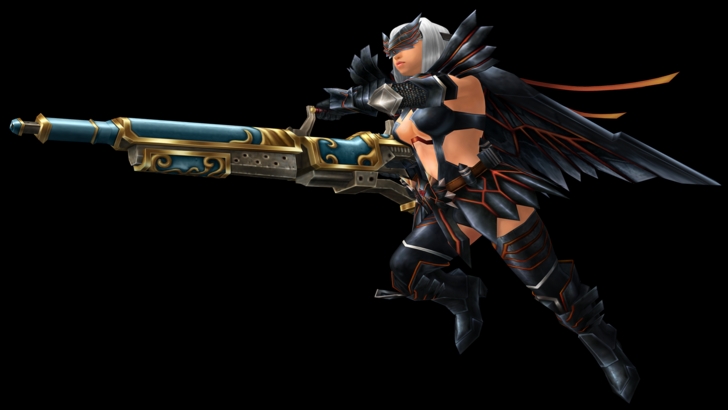
The Light Bowgun, a ranged weapon from the first generation, offers mobility and faster reload speeds due to its smaller size. While it sacrifices firepower for agility, the Light Bowgun can be customized with attachments like long barrels and silencers. Its ability to Rapid Fire certain ammo types sets it apart from heavier counterparts. Monster Hunter 4 introduced the Critical Distance mechanic, and Monster Hunter World added the Wyvernblast, enhancing its run-and-gun style while maintaining its ease of use.
Heavy Bowgun
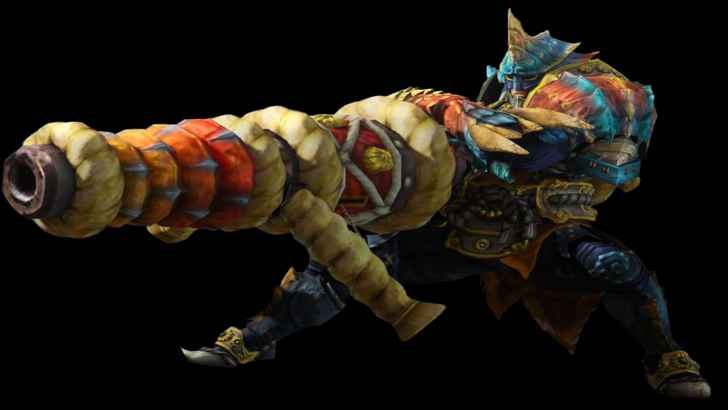
The Heavy Bowgun, introduced in the first generation, is the ultimate ranged weapon with high damage and versatile ammunition options. Its slow movement when drawn is offset by its ability to equip a Shield for defense. Monster Hunter 3 introduced Siege Mode for continuous shelling, and Monster Hunter World added special ammo types like Wyvernheart and Wyvernsnipe. The Heavy Bowgun's gameplay revolves around preparation and crafting ammunition during hunts, making it a powerful choice for dealing significant damage.
Dual Blades
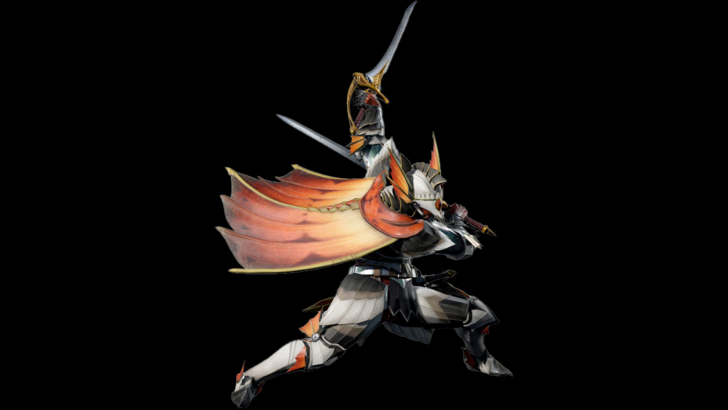
The Dual Blades, introduced in the Western release of the first Monster Hunter, focus on speed and fluid combos. Known for their ability to inflict status ailments and elemental damage through multi-hitting attacks, the Dual Blades allow players to enter Demon Mode for increased damage and access to additional offensive maneuvers. The introduction of the Demon Gauge in Monster Hunter Portable 3rd and the Archdemon Mode added new layers of strategy, incentivizing players to maintain the powered-up state for enhanced attacks and evasion.
Second Generation
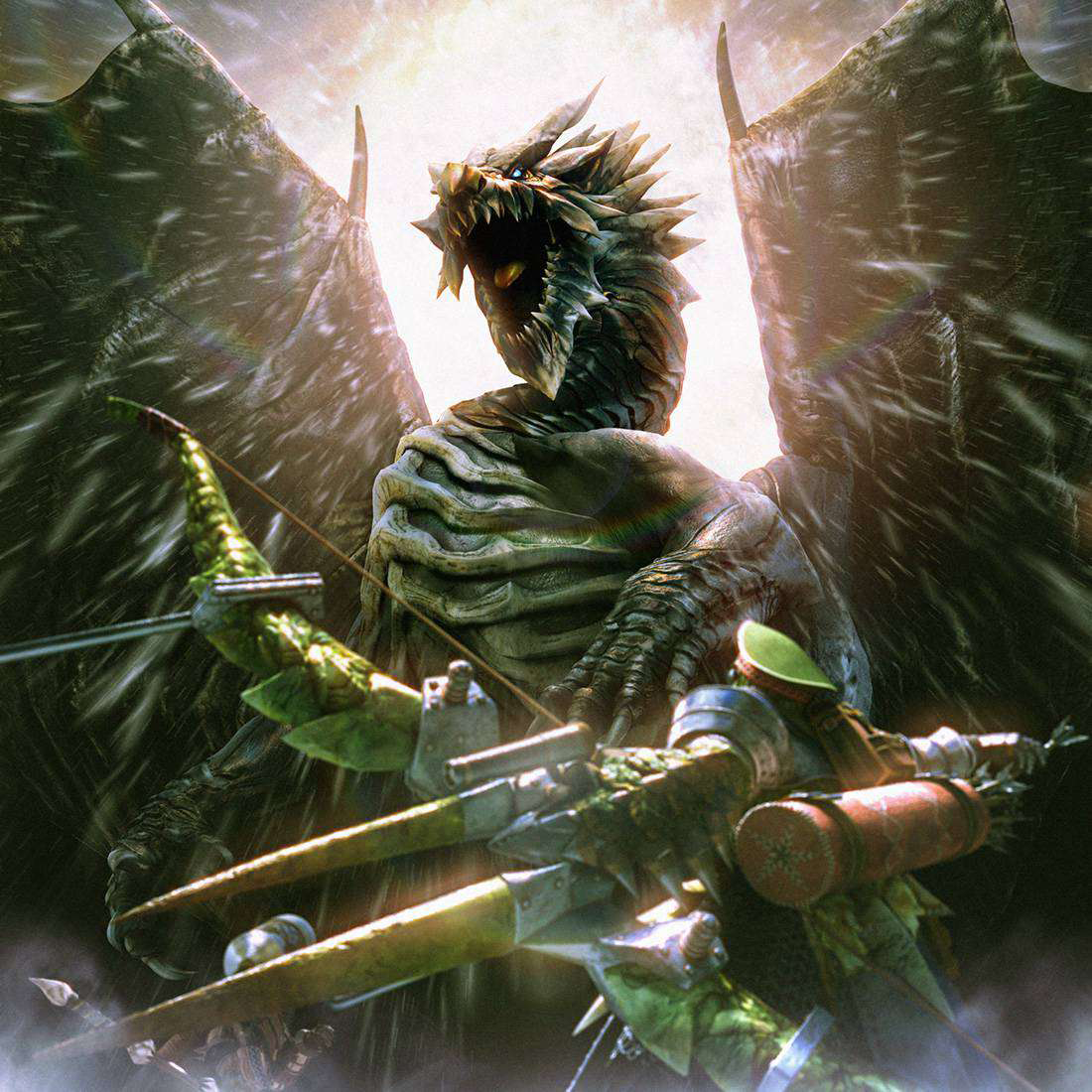
The second generation of Monster Hunter introduced new weapon types that built upon the originals, offering unique movesets and mechanics.
Long Sword
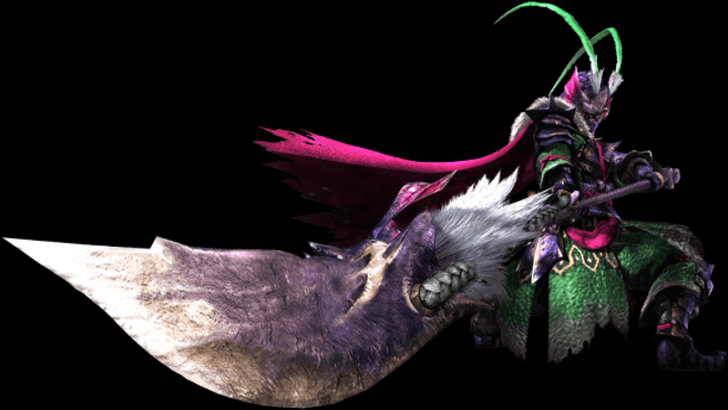
The Long Sword, introduced in Monster Hunter 2, is known for its fluid combos and high damage output. Unlike the Great Sword, it offers higher mobility and a combo structure centered around the Spirit Gauge. This gauge, filled by landing attacks, allows access to the Spirit Combo, which was further enhanced in Monster Hunter 3 with new levels and the Spirit Roundslash finisher. Monster Hunter World introduced the Foresight Slash and Spirit Thrust Helm Breaker, transforming the Long Sword into a more dynamic weapon with parry and counter capabilities.
Hunting Horn
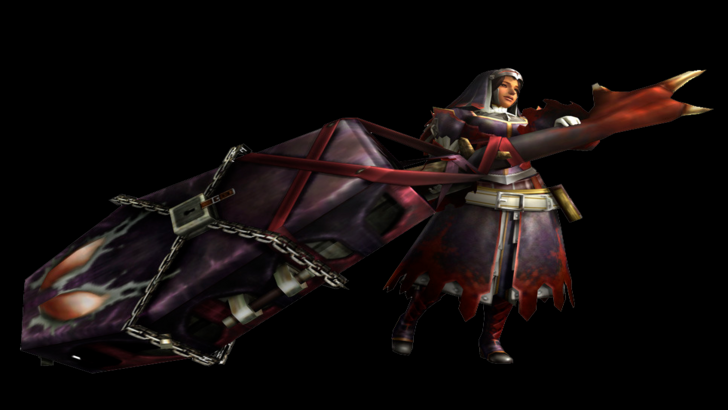
The Hunting Horn, introduced in Monster Hunter 2, is renowned for its support capabilities. Using the Recital mechanic, players can play different colored notes to activate various buffs, from attack and defense boosts to healing. While similar to the Hammer in dealing impact damage, the Hunting Horn's focus on support sets it apart. Monster Hunter World and Rise significantly enhanced the weapon's fluidity, allowing for seamless transitions between attacking and buffing, and introducing new mechanics like Echo Notes and simplified song activation.
Gunlance

The Gunlance, introduced in the second generation, combines the Lance's defensive capabilities with the explosive power of a Bowgun. Its unique Shelling mechanic allows for unlimited ammunition, regained through reloading. Monster Hunter 3 introduced quick reloads and the Full Burst attack, while Monster Hunter X added the Heat Gauge to balance physical and shelling damage. Monster Hunter World introduced the Wyrmstake Shot, further enhancing the Gunlance's aggressive playstyle.
Bow

The Bow, introduced in Monster Hunter 2, is the most agile ranged weapon, specializing in close-to-mid-range combat. Its mobility and fluid combos set it apart, with chargeable attacks and various Coatings to enhance damage or apply elemental and status effects. Monster Hunter World streamlined its moveset, making it more combo-heavy, while Monster Hunter Rise reintroduced Shot Types tied to charge levels, enhancing its aggressive and versatile playstyle.
Third and Fourth Generation
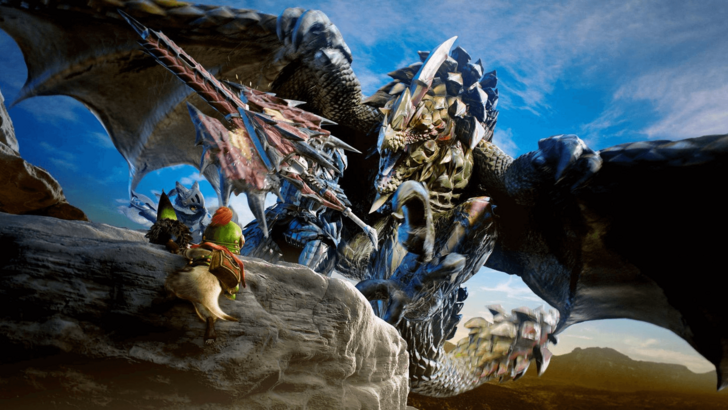
The third and fourth generations introduced innovative weapons that added new mechanics and gameplay styles to the series.
Switch Axe

The Switch Axe, introduced in Monster Hunter 3, offers two modes: Axe Mode for mobility and range, and Sword Mode for higher damage and Elemental Discharge finishers. The weapon's morphing capabilities were enhanced in Monster Hunter World with the Amped mechanic, empowering Sword Mode, and further refined in Monster Hunter Rise to include both forms. The Switch Axe's unique gameplay adds a dynamic element to combat, balancing offense and mobility.
Insect Glaive

The Insect Glaive, introduced in Monster Hunter 4, is known for its aerial capabilities and the use of a Kinsect to collect essences for buffs. These essences enhance attack, mobility, and defense, with the strongest state achieved when all three are collected. While the weapon's core gameplay has remained consistent, upgrades to the Kinsect and new finishers like the Descending Thrust in Monster Hunter World: Iceborne have added depth. Monster Hunter Rise simplified the Kinsect system, making it more accessible while introducing new types of Kinsects.
Charge Blade
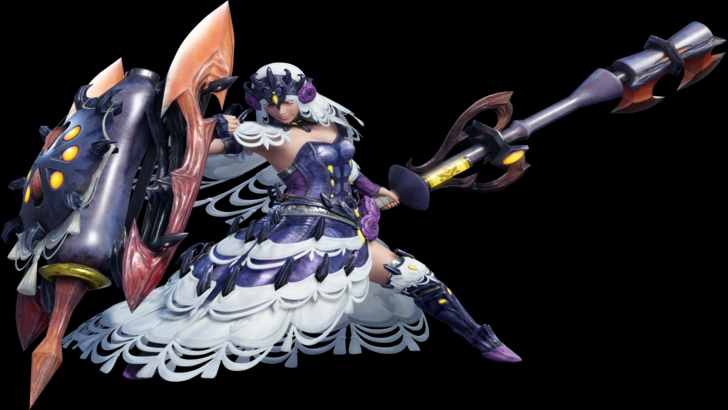
The Charge Blade, also introduced in Monster Hunter 4, is a versatile weapon with Sword and Axe Modes. It uses Sword Mode to charge phials and Axe Mode to unleash them in the Amped Elemental Discharge. Known for its complexity and high skill ceiling, the Charge Blade rewards players who master its Guard Points and transitions between modes. Its balanced offense and mechanical depth make it a challenging yet rewarding weapon to master.
Will There Be More?

Monster Hunter Wilds will feature the fourteen weapons discussed, but the series has a history of introducing new weapons or reintroducing older ones. With the franchise's long-standing popularity, it's likely that future games will continue to innovate and expand the weapon roster, adding to the depth and excitement of the gameplay. While I personally stick to the Sword and Shield, I'm always eager to see what new weapons Capcom might bring to the table.
You may also like...


 Latest Downloads
Latest Downloads
 Downlaod
Downlaod




 Top News
Top News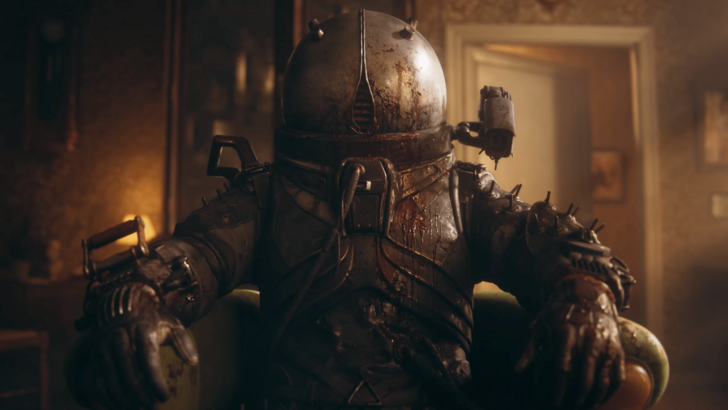
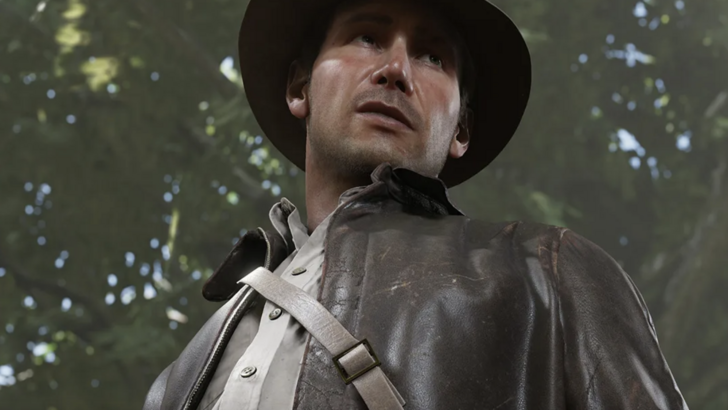

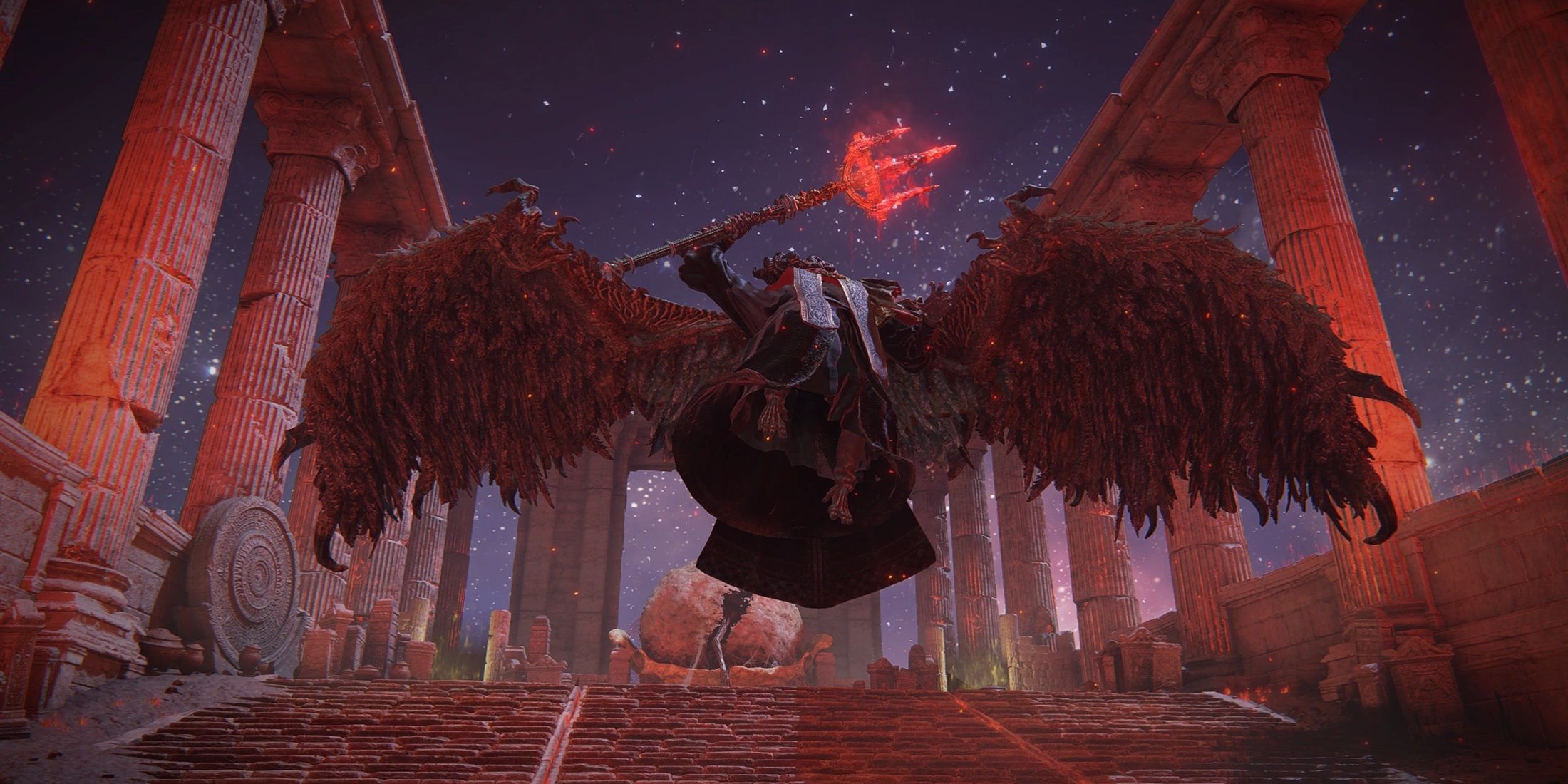
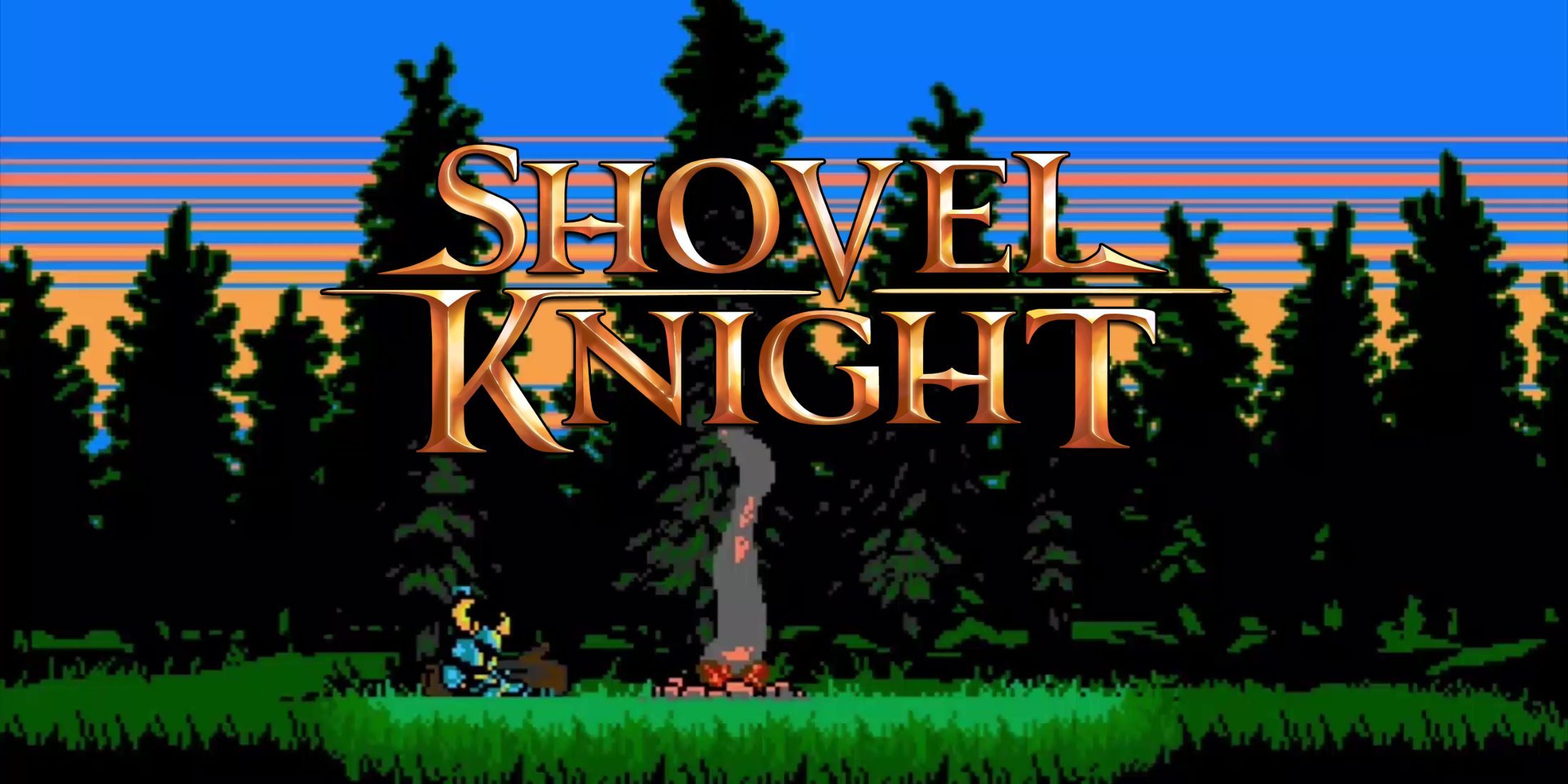


![Unnatural Instinct – New Version 0.6 [Merizmare]](https://imgs.34wk.com/uploads/05/1719570120667e8ec87834c.jpg)


